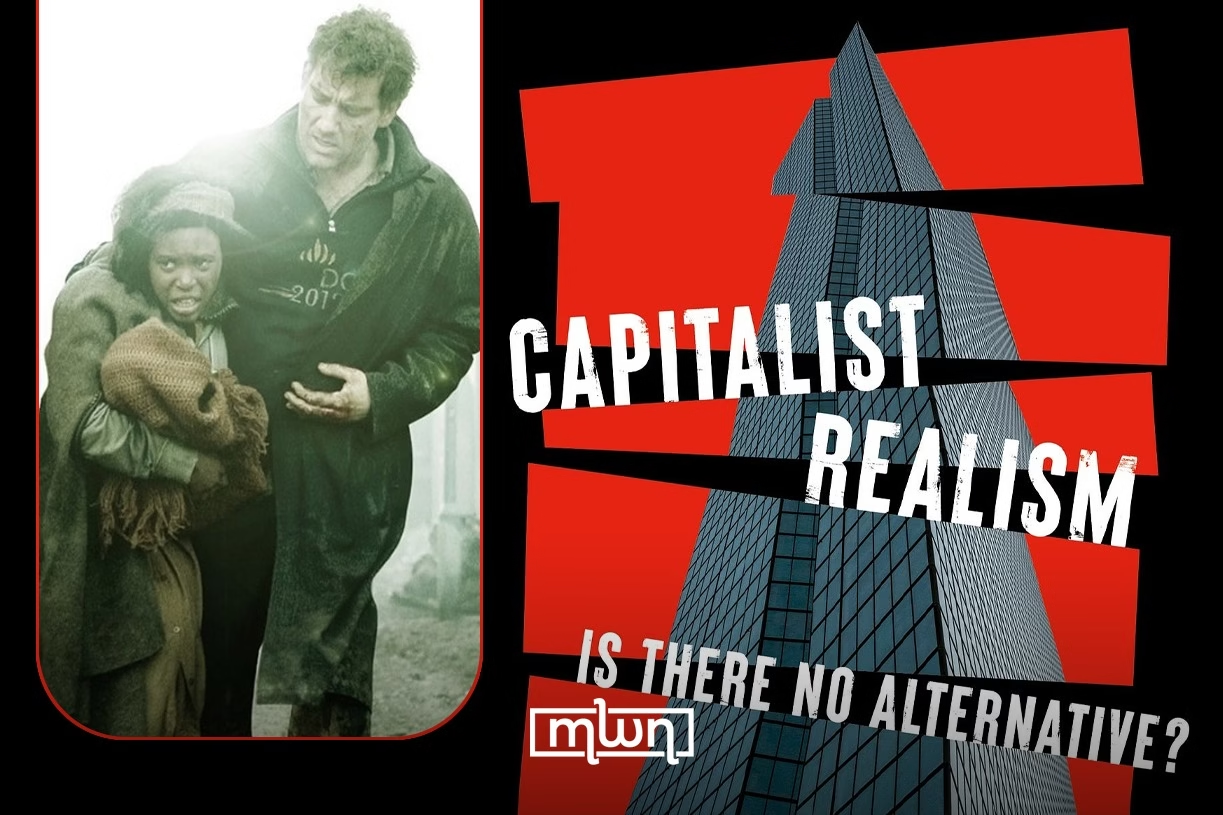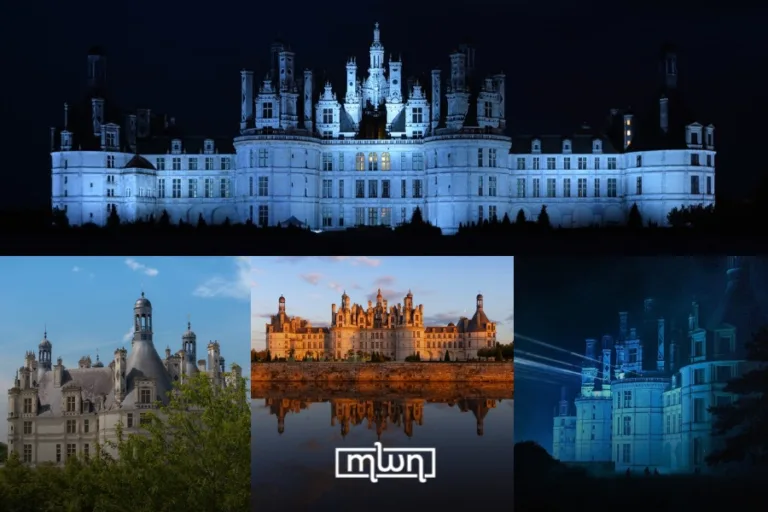Fez – In a crumbling 2027 Britain, “Children of Men” introduces us to a planet plunged into chaos after nearly two decades of human infertility.
But amid the bombed-out cities and fortified refugee camps, the film’s quiet power lies in its believability.
Its dystopia is not born from high-tech apocalypse or alien invasion. It emerges instead from policies, attitudes, and structures that are all too familiar: mass surveillance, xenophobic nationalism, militarized borders, and a society that has stopped dreaming.
Capitalist realism: A System that has no alternative
The late British theorist Mark Fisher coined the term “capitalist realism” to describe the widespread sense that capitalism is the only viable system, even if it is unjust, dysfunctional, or environmentally ruinous. Fisher wrote, “It is easier to imagine the end of the world than the end of capitalism.”
Cuarón’s film is arguably the most vivid cinematic expression of that sentiment. In “Children of Men” , there is no grand resistance, no vision of a better society.
The world has collapsed, but the machinery of capitalism grinds on: advertisements flicker, coffee is still sold, and the bureaucratic cruelty of the state is more alive than ever.
Capitalism, as shown in the film, does not need hope to function. It only needs control. The future has been cancelled, and yet the present persists, automated and joyless. In this way, “Children of Men” transcends traditional dystopia and becomes a devastating commentary on the ideological paralysis of our time.
Infertility as a metaphor for political sterility
The film’s central conceit—a world where no children are born—works both literally and symbolically. It is not just the wombs that are barren, but the collective imagination. Fisher argued that capitalist realism kills alternatives by making them unthinkable. In the film, no one discusses solutions; survival is the only politics that remains.
This idea resonates far beyond the film. In many countries today, especially those grappling with demographic decline, the fear is not just of aging populations but of a society that has lost its sense of possibility.
In Morocco, recent debates on youth migration, unemployment, and fertility rates raise similar questions. What happens when young people see no future in their homeland? When fertility falls but hope falls faster?
The refugee crisis and fortress Europe
Perhaps the most immediate real-world parallel is the film’s depiction of refugees. Britain is the only surviving state, and it responds to the global collapse not with compassion, but with camps, cages, and police brutality.
This aspect of “Children of Men” feels especially prescient when viewed against Europe’s response to the Syrian refugee crisis or the treatment of African migrants in the Mediterranean.
In “Children of Men,” the refugees are labeled “fugees” and stripped of humanity. They are herded like cattle and hunted by drones. But the protagonists are not heroes who overthrow the system. They are simply people who try, against all odds, to keep one fragile spark alive.
A glimmer in the darkness
And yet, “Children of Men” is not nihilistic. Its message is that even in a world where the system has crushed imagination, people can still act. The birth of a single baby becomes a political earthquake, not because it changes the system, but because it defies its logic.
This is where Fisher’s critique meets Cuarón’s cinema. While capitalist realism suggests that change is impossible, the film suggests that change does not have to be large or systemic to be meaningful. It starts with empathy, with sheltering the vulnerable, with risking safety for a stranger.
In a world where both dystopia and apathy feel increasingly normalized, “Children of Men” reminds us that the future is not something we inherit. It is something we imagine, and then fight for.
















